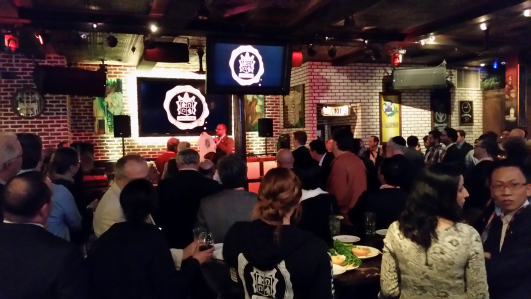A member of one of the listservs asked these questions:
A design was disclosed in May 2014, with a registration granted December 2014 in The European Community based on an application filed towards the end of October 2014 (within the last six months).
Is it still possible to file a design application in the US? Does the statutory bar for design patents run one year or six months from initial disclosure? Can a US design application still be filed within six months of priority, even though the priority application has already been registered?
The questions remind us that Article 4 of the Paris Convention sets a twelve-month period for filing a second patent application that was intended to claim priority from a first patent application, but that the twelve-month period applies only to utility patents, not (US) design patents. For design filings, Article 4 sets a six-month period. When we do the mental gear change from utility to design, there is the number “six” that pops up in our heads as well as the notion that the number “twelve” no longer applies.
The questions remind us that before the America Invents Act (AIA) happened, there was a twelve-month grace period. You could disclose your invention 11 months ago, and file your US patent application, and it was no problem. Indeed a third party could independently invent the same invention 11 months ago, and disclose it 11 months ago, and still even that disclosure did not have to be a problem. You would merely “swear behind” the activity of the third party and the problem would go away. By this we mean establishing that your date of invention predated the third-party disclosure that happened 11 months ago.
So the listserv member may have been wondering, does the “twelve becomes six” change from utility to design (in Article 4 of the Paris Convention) make a difference in this fact pattern? But probably the main thing troubling the listserv member was the AIA itself, which sort of eliminated the twelve-month grace period and sort of did not eliminate it.
Still another thing that the listserv member may have been thinking about is (pre-AIA) 35 USC § 102(d) that says that if a foreign filing resulted in a foreign patent issuing before the US filing date, then under certain circumstances the US filing is statutorily barred. Here we have a granted design registration in OHIM that would be chronologically prior to the proposed US design patent filing date. Is it a statutory bar?
If you’d like to test yourself, work out what you think the answer is, and then read on.
Continue reading “Can a US design application still be filed?”




